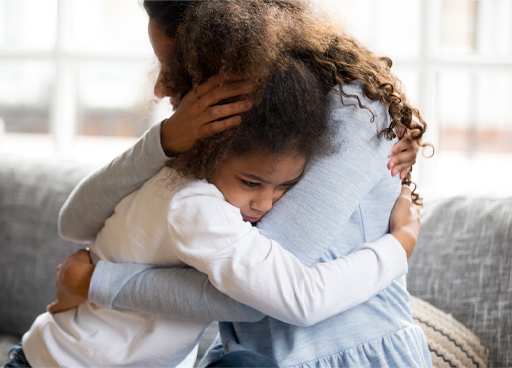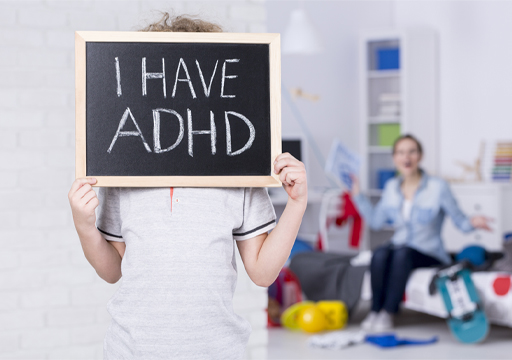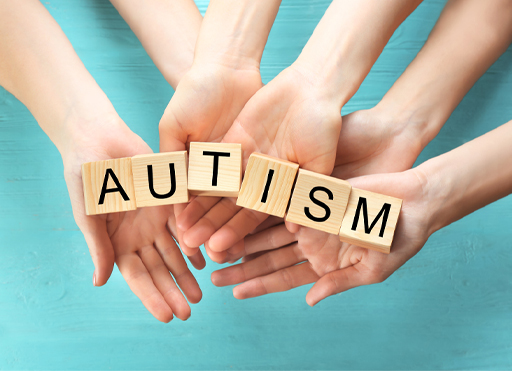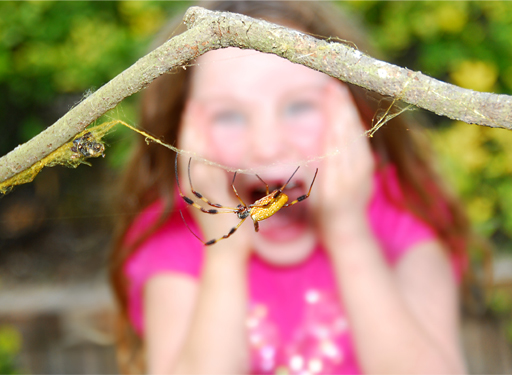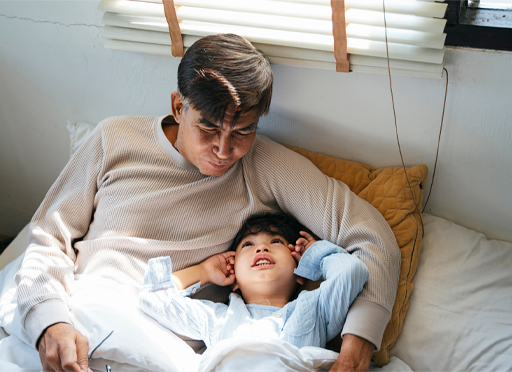3.1 Definitions of specific, common mental health conditions or issues affecting young children
This section gives some definitions of mental health conditions that most commonly affect young children:
Anxiety: A feeling that can cause overwhelming emotions, nervousness and sometimes fear.
Anxiety may develop because a child is predisposed to being anxious, or it can develop as a consequence of adverse experiences. Anxiety can cause physical symptoms, such as ‘butterflies’ in the tummy, or what children may describe as ‘funny feelings in my tummy’. Children may become breathless and panicky, which can result in a panic attack. Very young children can experience anxiety related to a range of triggers such as a food phobia, being in an enclosed space or issues to do with going to the toilet. Some children can develop ongoing anxiety that becomes so overwhelming that they find it difficult to lead their lives. Treatment for very young children is unlikely to be medication and more likely to be psychotherapeutic approaches such as talk-based treatments, like cognitive behavioural therapy (CBT).
Attention deficit hyperactivity disorder (ADHD): A neurological disorder that causes poor concentration, hyperactivity and impulsive behaviour (Burton, Pavord and Williams, 2014). It is worth mentioning that these signs can be present in a child, but may not meet the threshold to be diagnosed with ADHD. However, frequent persistence of the aforementioned features which has a considerable impact on the child’s functioning, and where the issues are present across a range of environments (in particular school and home) is suggestive of ADHD. Treatment of this condition includes medication and psycho-social interventions. It is also extremely important that there is support for parents and professionals, in particular the child’s teacher, to understand and adequately assist children with ADHD. It is also important to avoid being overly negative or punitive in response to behaviour that is extremely difficult for the child to manage (e.g. fidgeting) and instead to develop positive approaches that channel the energy and enthusiasm that many children with ADHD exhibit.
Autism spectrum disorders: Autism is a complex condition that is more common in boys. The symptoms can be relatively mild but, as the name suggests, because the symptoms go across a spectrum, they can also affect children in ways that are more noticeable and severe. Autism can impact all areas of children’s development in small or profound ways. In particular, children with autism can struggle in areas relating to social and communication development and may find it difficult to understand certain social situations. Children with this condition can become especially focused, often to the point of obsession, with certain play activities. They can also become fixated about particular foods, smells and sensations associated with certain objects.
For more information about autism, look at the free Open University course Understanding autism [Tip: hold Ctrl and click a link to open it in a new tab. (Hide tip)] .
Behaviour disorders: These refer to children’s behaviour that is related to extremes of the norms, meaning that children can be especially disruptive, destructive and/or aggressive to the point of being persistently anti-social. Two of the most commonly occurring conditions are conduct disorder and oppositional defiant disorder. Behaviour disorders can be accompanied (also known as being ‘comorbid’) by other conditions such as anxiety and ADHD. As with autism, behaviour disorders are more common in boys.
Depression: Depression and depressive disorders can affect a wide range of people, including children. It is characterised by protracted low mood and impaired functioning, which can lead to a reduction in activity, reduced motivation and challenges in experiencing everyday pleasures. Diagnosing depression in children can be challenging because many of the symptoms or features that affect adults with depression, such as repeated crying, sleep disturbance and lack of appetite, are common problems in childhood. If such symptoms carry on, along with impact on functioning and persistent sadness over a period of time, this may indicate that a child is depressed. Rates of depression are fairly low for children before puberty.
Enuresis and encopresis: Enuresis is bladder incontinence and encopresis is faecal soiling that persists beyond the age when it would normally be expected that a child would have gained control over their bladder and bowel function. It is important that physical causes are eliminated before considering that there are psychological reasons for incontinence (and it is important to remember that night-time bedwetting is not unusual in children even when they are at primary school). Bedwetting at night, or nocturnal enuresis, can be managed by behavioural therapy; for instance, by using an alarm pad that is activated when the child starts to pass urine. Encopresis can sometimes be linked to a child’s anxiety about passing faeces as a consequence of embarrassment or limited toilet training.
Phobias: These can be described as an extreme fear of something that causes great distress and anxiety. Phobias can be specific, such as agoraphobia, ‘a fear of open spaces’. Phobia-inducing objects can range from obvious sources such as snakes and spiders to balloons, germs and even clowns. Cognitive behavioural therapy is a frequently employed and effective form of treatment for phobias.
School refusal: Children can develop extreme anxiety about going to school and there can be a wide range of reasons why they are refusing to attend. In some cases, children can become phobic about attending school; this is usually a symptom of an underlying cause. Examples of such causes include bullying, anxiety about separation and being away from home or inability to cope with academic expectations. Careful exploration of the underlying reasons and close collaboration with school staff is needed to identify the issues.
Sleep disorders: Sleep is essential for all people; however, it is especially important that young children have adequate amounts of sleep. This is important for physical growth and development as well as for good mental health. Some young children will be easy to settle and are ‘good sleepers’ (and eaters too), while others will take longer to fall asleep and will wake more often. Young children require long periods of sleep and naps (for young children) during the day; the amount of sleep needed can be under-estimated by adults and children can become sleep-deprived. It is especially important that young children have a routine that allows time for them to wind down and relax in preparation for sleep.
Of course, establishing good sleep routines can be easier said than done, and there are many reasons why young children can develop issues to do with sleep. Identifying how and why a child has developed a pattern of interrupted sleep can be a little like working out whether the chicken or the egg came first, because if a child is developing anxiety about something, this can prevent them from sleeping. Lack of sleep will exacerbate how children feel and impact on their wellbeing and in turn, can be a cause of poor mental health. Plus, some children will just find it easier to sleep, as is the case with adults too. As you will explore further in Session 8, time spent on over-stimulating electronic devices and social media later at night can also have a negative impact on children’s sleep patterns.

